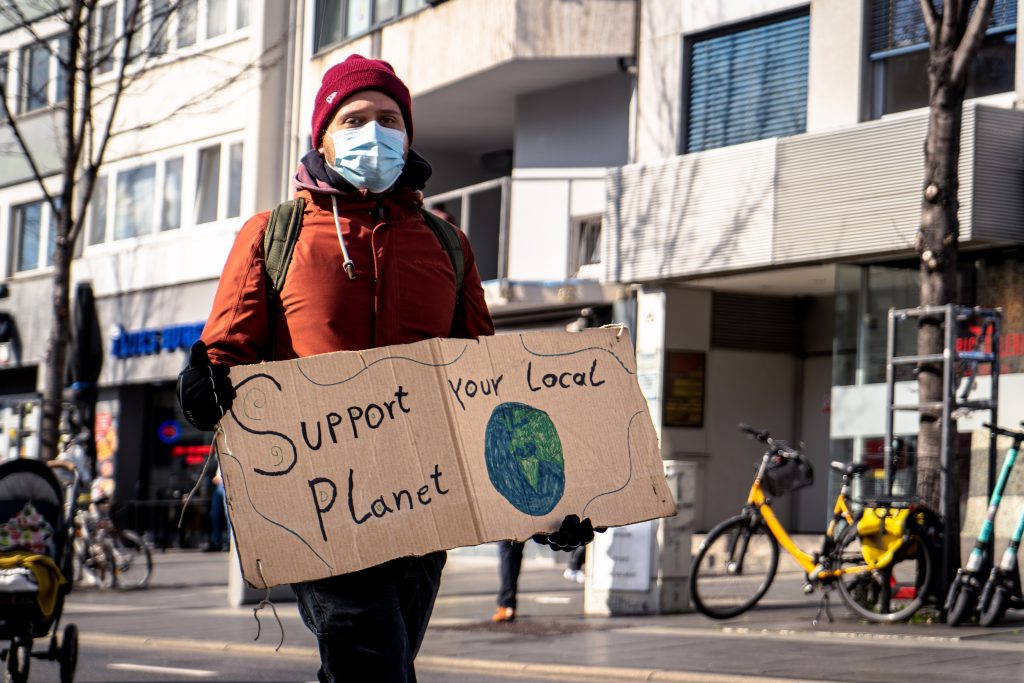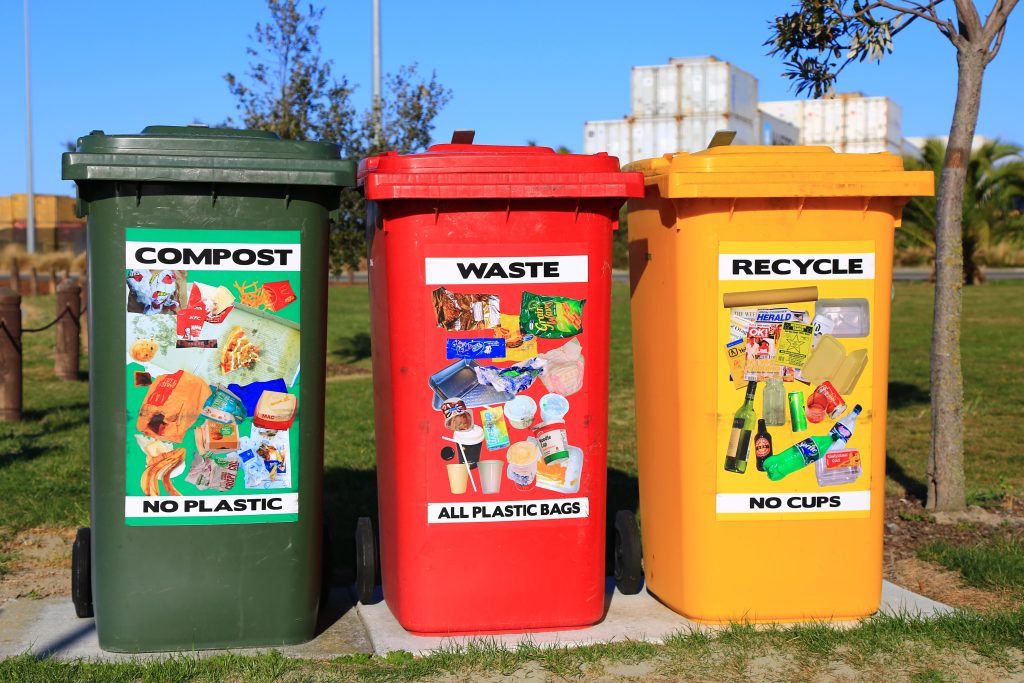Trends in developing Green Marketing Strategies

Consumers today can access more information, so their decision-making process is also increasingly rigorous. This is evidenced by the impact of the environment and sustainable practices of the business on customers’ purchase intention. That is why many of the most successful brands today pursue green marketing strategies.
1. What is green marketing? The essence of green marketing
Green marketing (also known as green marketing) is marketing activities for products considered safe/good for the environment towards a sustainable development environment.
The essence of green marketing is combining a series of activities, including product modification, production process change, packaging change, and advertising change toward greener production and cleaner consumption.

In addition, green marketing is also an expression of social marketing; it is part of a new marketing approach that focuses, adapts, or enhances existing marketing thinking and practices and seeks to address the mismatch between current marketing practices—social and ecological aspects of the broader marketing environment.
2. Pressure from applying green marketing
First, the application of green marketing is under tremendous pressure from macro forces, which can include several factors such as the awareness of governments on sustainable development, pressure from society and public opinion, and environmental organizations.
The environment is increasingly falling into a dire state because of human destruction, and being aware of that, many environmental organizations, public opinion, and the government are joining to call everyone to join hands. Take action to protect the human environment. Therefore, green, environmentally friendly products are one of the top priorities named for by consumers to use.”
In addition, the pressure from the application of green marketing also comes from internal factors; that is, businesses are aware of green business opportunities and carry out social responsibility. Besides, there is also pressure from competitive industry forces; the competition of green companies creates customer preference.
3. The development of green marketing in today’s life
In 1975, the concept of green marketing was first mentioned in the “Ecological Marketing” workshop of the American Marketing Association. Then, in 1976, the concept of green marketing was stated more clearly and was published by Henion and Kinnear as “Ecological Marketing”.
The definition of green marketing gradually became more popular in the marketing world and became prominent in the late 1980s and early 1990s in Western countries and North America. After that, this concept was continuously interwoven into corporate social responsibility and appeared in CSR (corporate social responsibility) reports.
Climate change and energy depletion are becoming hot issues, putting pressure on businesses to apply green marketing.
4. The process of applying green marketing
Step 1: Prepare
- Businesses must collect information and carefully prepare ideas for the upcoming green marketing strategy.
- Developing ideas and positioning “green products.”
- Green product design (3R principles).
Tips: 3R principle: Reduce – Reuse – Recycle

Step 2: Production
- Creating green products with green inputs, the production process is green, clean, and pollution-free, and the products produced are not harmful to the environment and human health.
- Use non-toxic and recyclable packaging.
Step 3: Distribution, consumption
- Green distribution channel
- Create green product images
- Ensure green consumption
5. 4Ps in green marketing
In terms of products, businesses need to supply green products that do not pollute the environment, protect it and even address existing threats that negatively affect the environment.”
In terms of price, product prices may be slightly higher than conventional substitutes, but they still need to meet spending levels that fit within the target market’s budget.
Regarding the distribution channel, a distribution chain is very important to the success of a campaign, and the main goal is packaging or packaging.
Regarding communication, when communicating to the market, businesses should focus on environmental aspects because this is one of the hot issues, attracting the attention of the majority of the target public.

6. Orientations for green marketing application
“Sustainable development” is becoming the top concern of humanity, in which governments of all countries are building a legal system to regulate the environment with strict regulations.
The “awakening of conscience to protect the environment” has promoted “green consumption” in the developed market.
In addition, a system of “technical barriers” in international trade under the umbrella of “green environment” also contributes to promoting the popularity and development of green marketing strategies.
From there, it can be seen that green marketing is becoming a trend that consumers, society, and businesses also love! (Social enterprise – CSR).”
7. Conclusion
The challenges of green marketing can include upfront costs for research and sustainable development, costs of environmentally friendly materials and production methods, and advertising risks. Not genuine or misleading about the company’s sustainability efforts around green products.”


